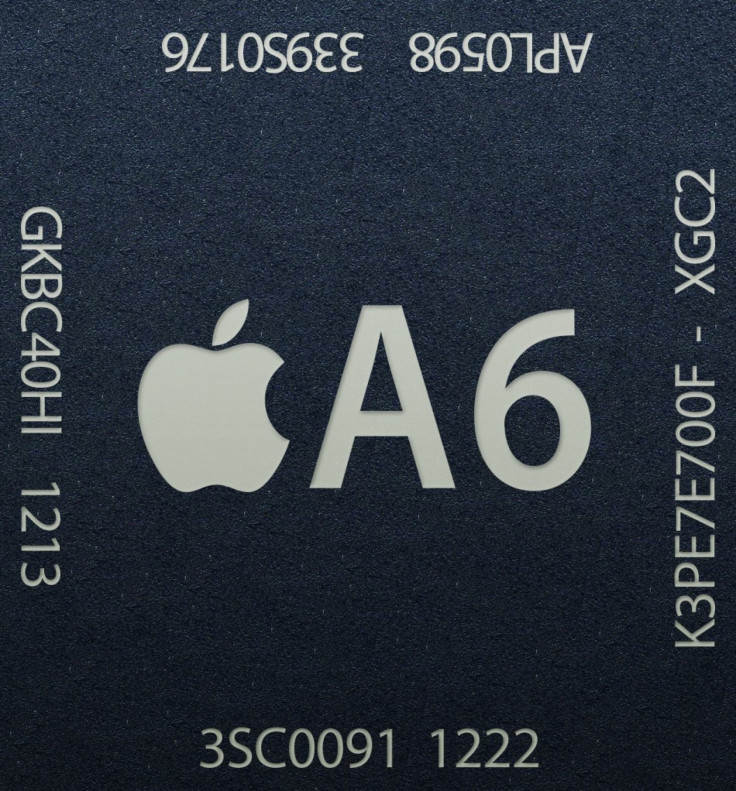Apple Inside: Engineers Tweaked A6 Chip, Expert Says

Apple (Nasdaq: AAPL), the world's most valuable technology company, has been selling the iPhone 5 with the new, A6 processor inside, since Sept. 21. The processor is more powerful than any of its predecessors.
Now semiconductor expert Linley Gwennap has examined the new chip, based on designs from longtime partner ARM Holdings (Nasdaq: ARMH) of the UK, and determined that Apple engineers have tweaked it.
Apparently, engineers at the Cupertino, Calif.-based electronics company designed their own central processing unit (CPU) core, which is different from the cores of mobile chips developed by rivals such as Qualcomm Inc. (Nasdaq: QCOM) and Nvidia Corp. (Nasdaq: NVDA).
Indeed, Gwennap said in his “Microprocessor Report” that “recent information, however, indicates that it designed its own CPU rather than licensing” one from ARM Holdings. Earlier iPhones used the A5 chip from ARM.
Moreover, the chip expert said, “Initial analysis of shipping iPhone 5 units, however, indicates that A6 uses a unique ARM-compatible CPU design that has never been seen before.”
With cash and investments exceeding $117 billion last quarter, Apple has the resources to hire engineering talent. As well, the company acquired chip designers including private Intrinsity, a Texas-based specialist in ARM design, in 2010, for an undisclosed sum.
Apple paid $278 million in 2008 to acquire P.A. Semi, of Burlingame, Calif., a specialist in low-power ultra-fast microprocessors established by Dan Dobberpuhl, the designer of the 64-bit StrongARM processors for the former Digital Equipment Corp., the inventor of the minicomputer.
That team was assigned to work on speedy, low-power chips that could be deployed into the first iPhones, introduced in 2007, and iPads, which were introduced in 2010.
If Apple has now used its engineering prowess in the processor unit, it could make advances on its own, without relying exclusively on ARM’s technology. Still, all the chips are made by contractors such as Taiwan Semiconductor Manufacturing Co. (NYSE: TSM).
Apple is competing with its biggest rival and top supplier, Samsung Electronics (Seoul: 005930), which uses its own in-house cores in its Galaxy phone lines.
Shares of Apple fell $13.17 to $639.42 in Monday trading, continuing their decline that began after setting an all-time high of $705.07 on Sept. 21.
© Copyright IBTimes 2024. All rights reserved.












